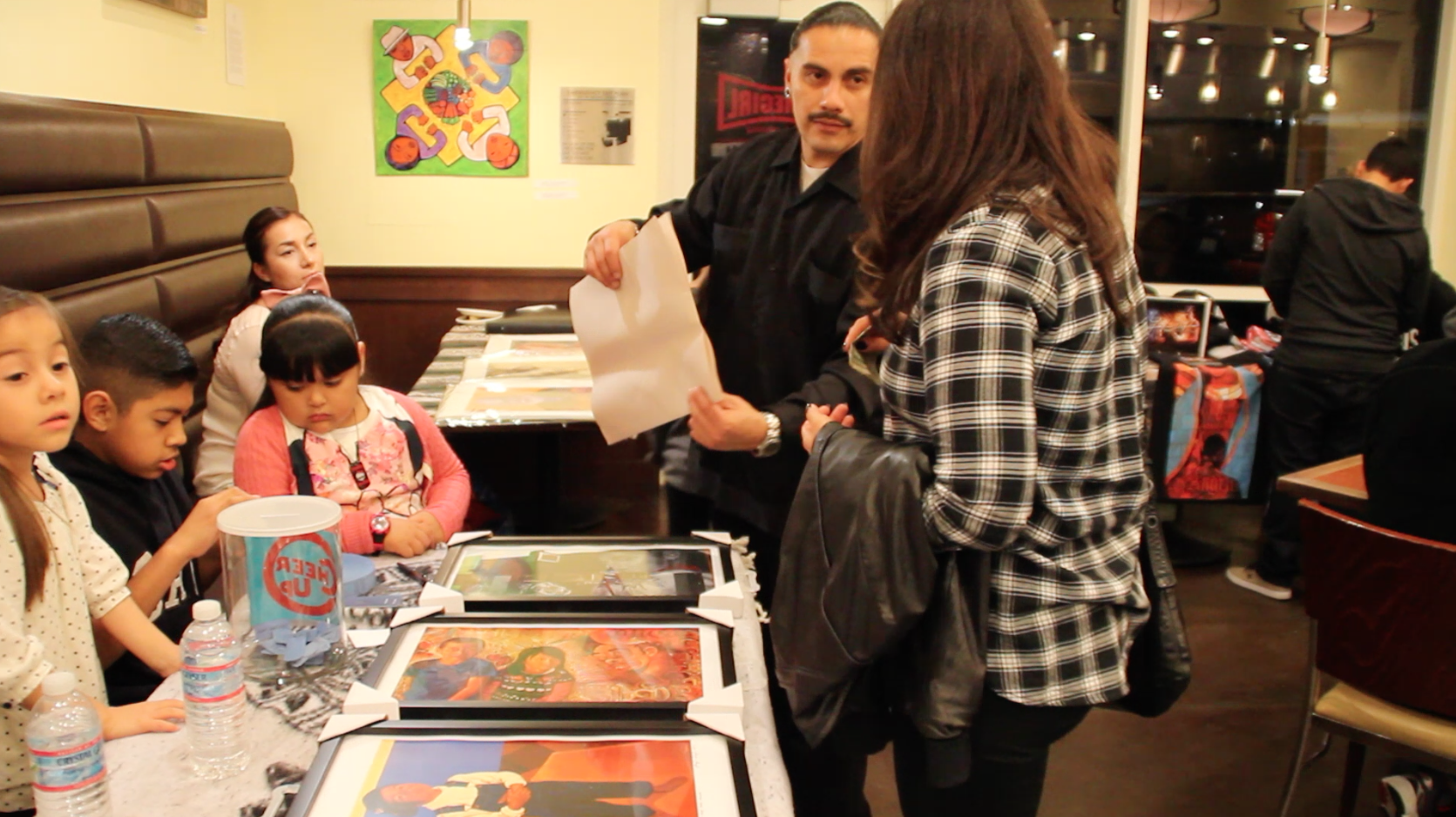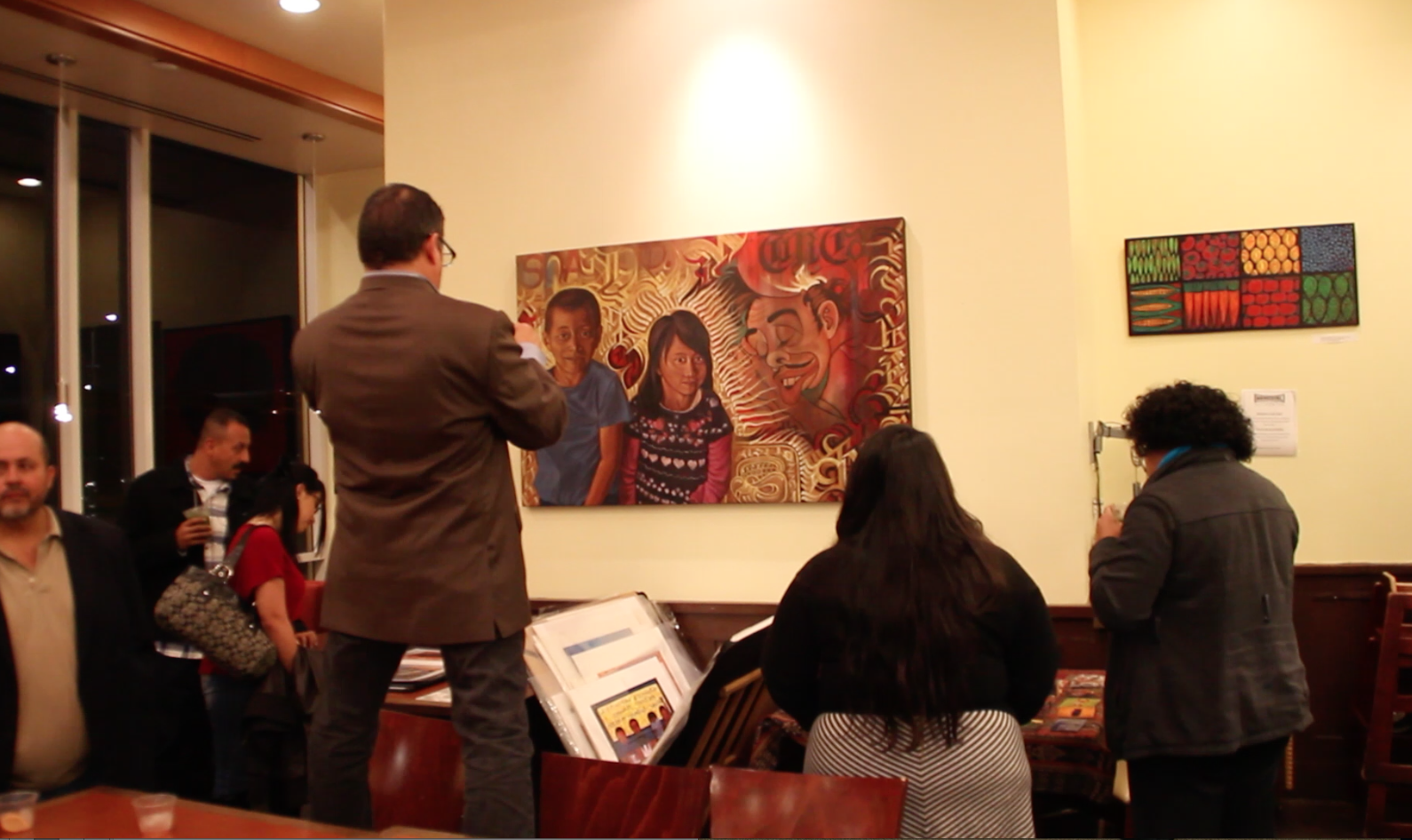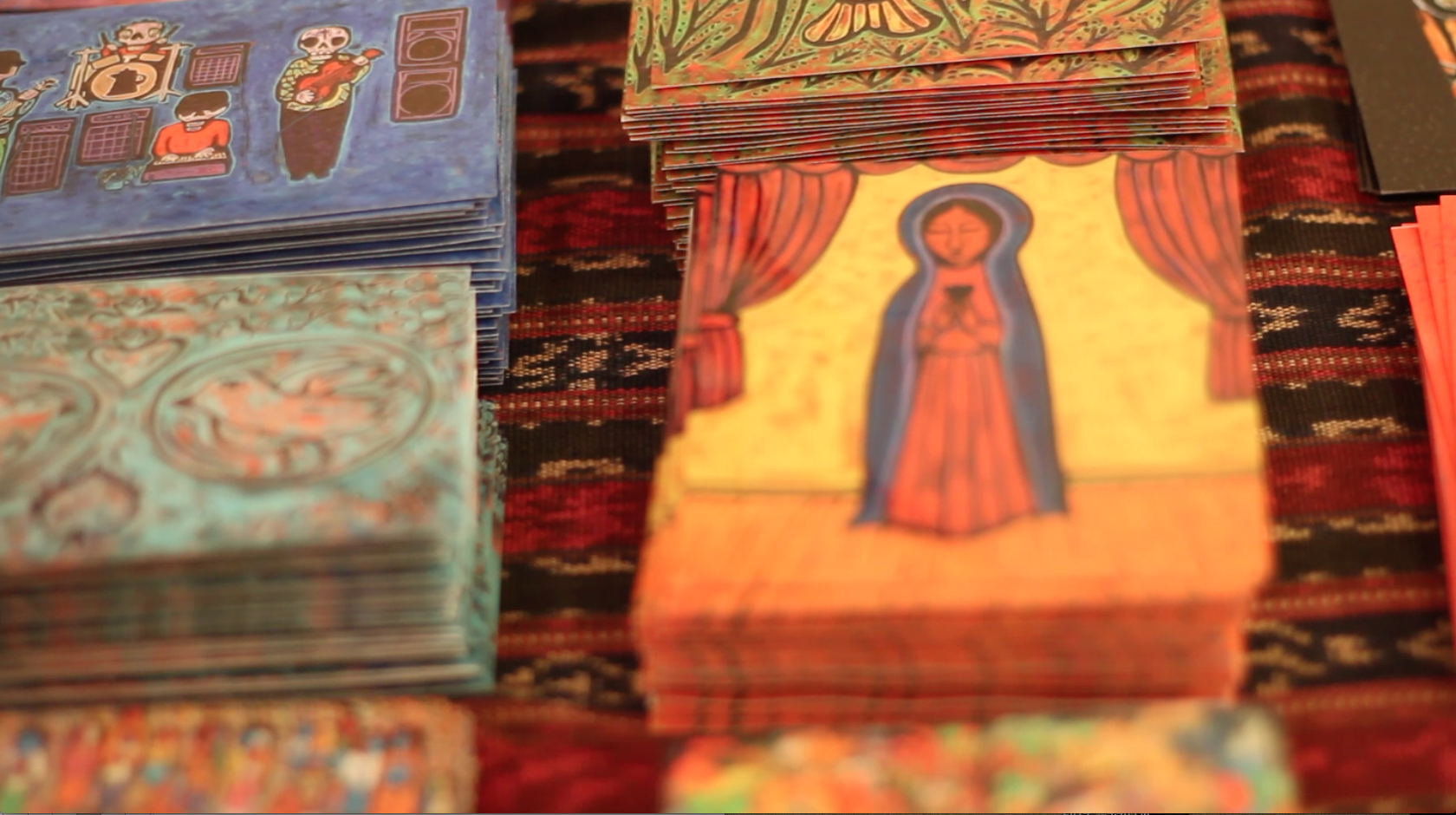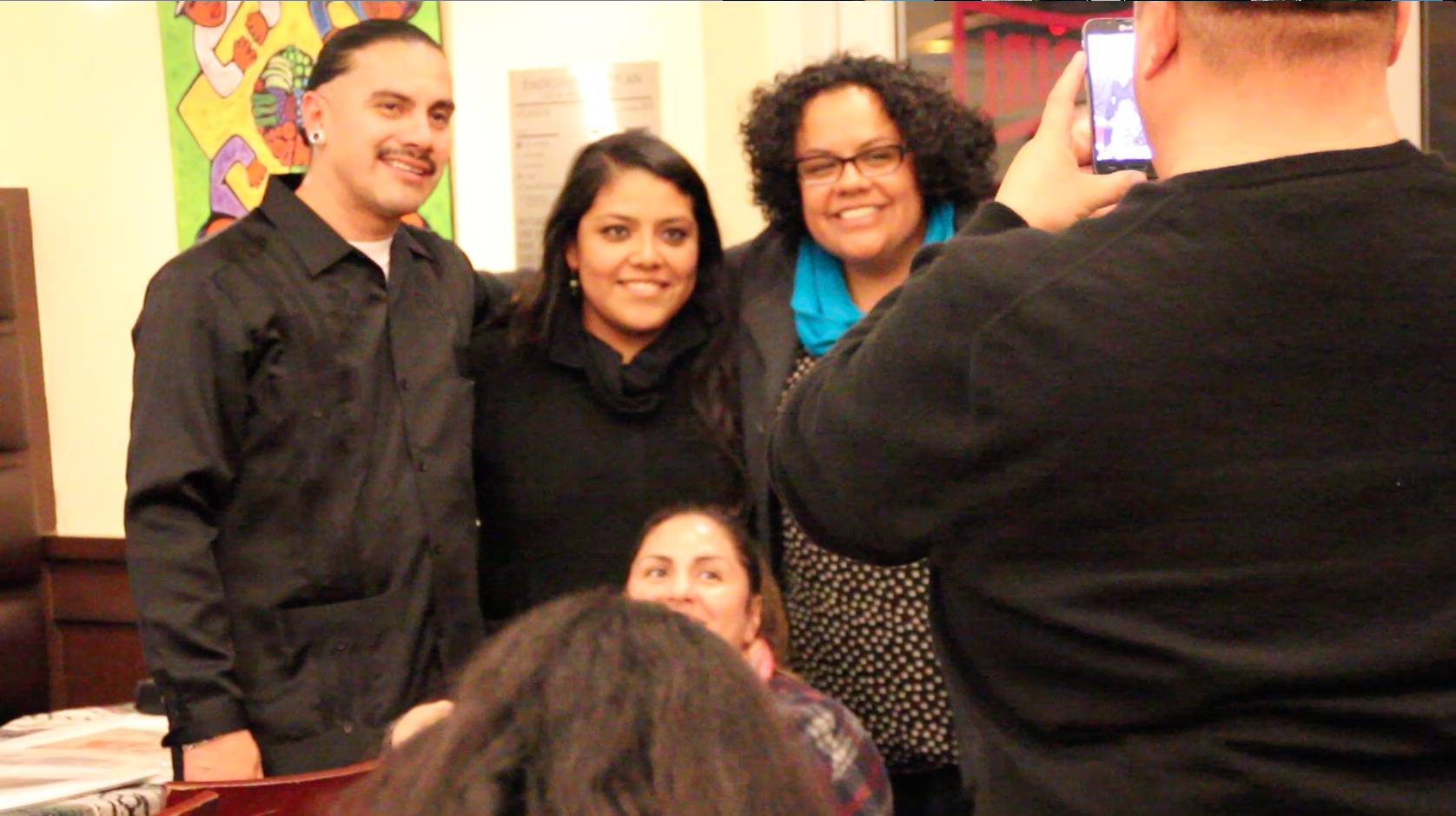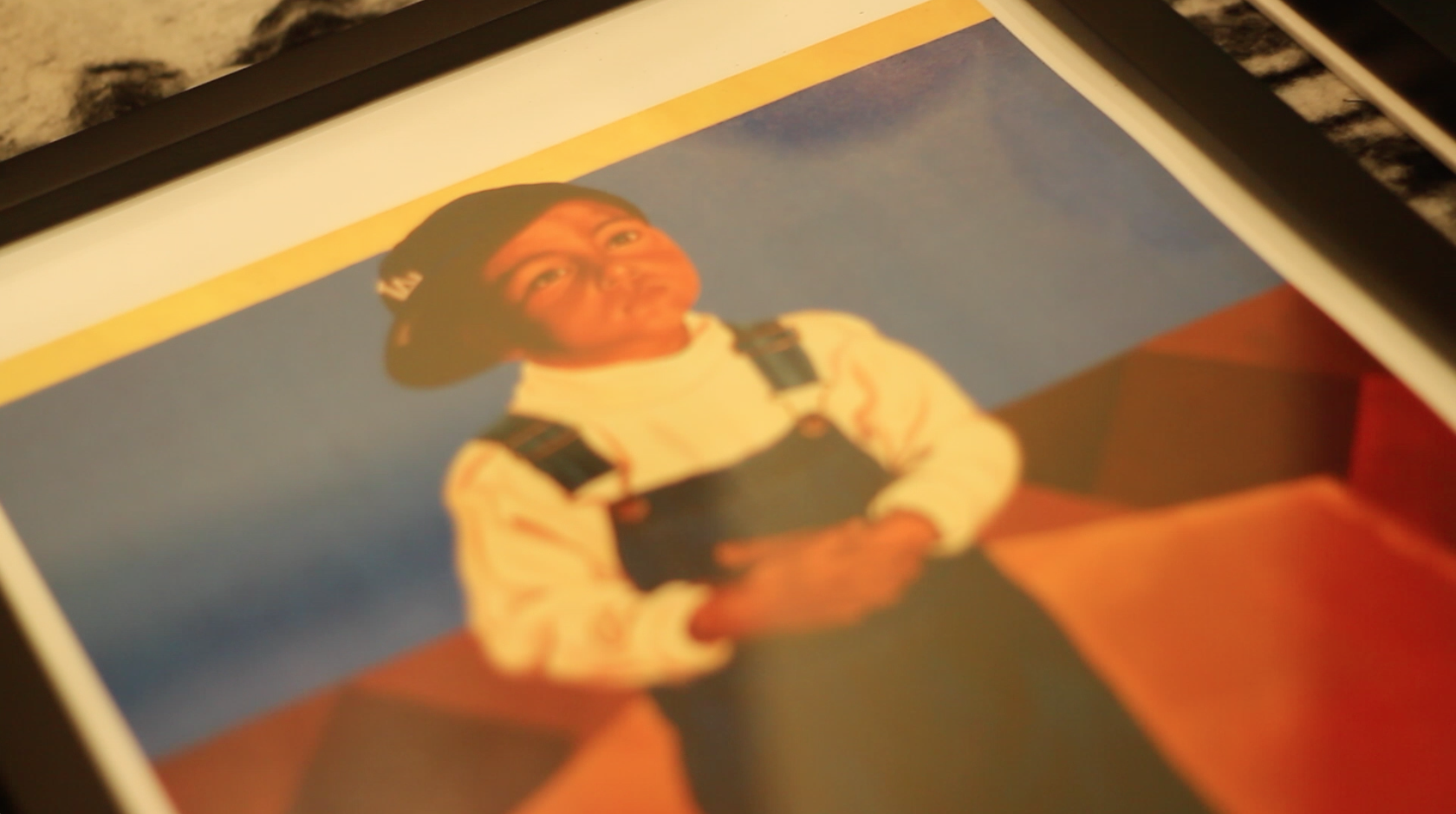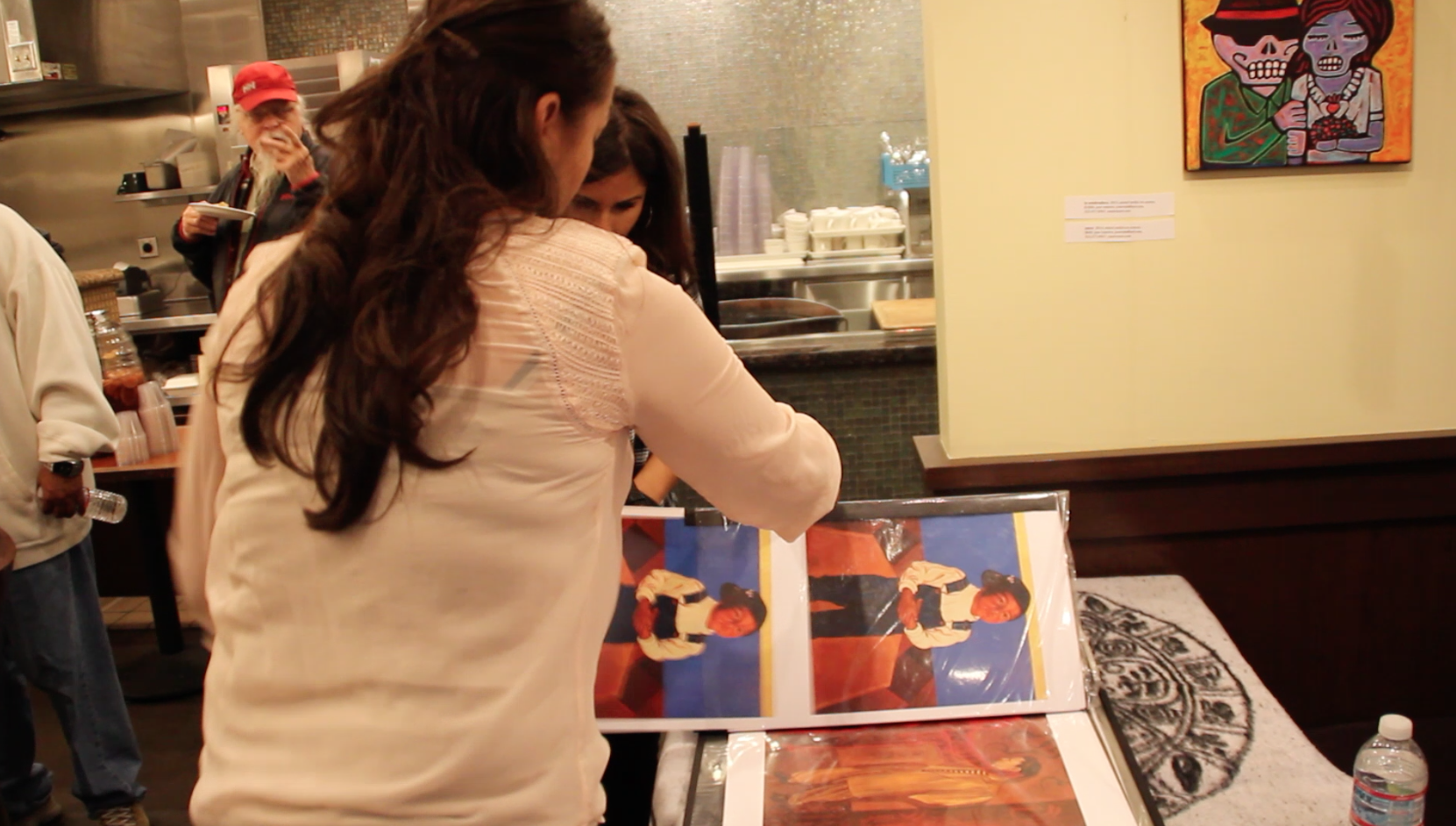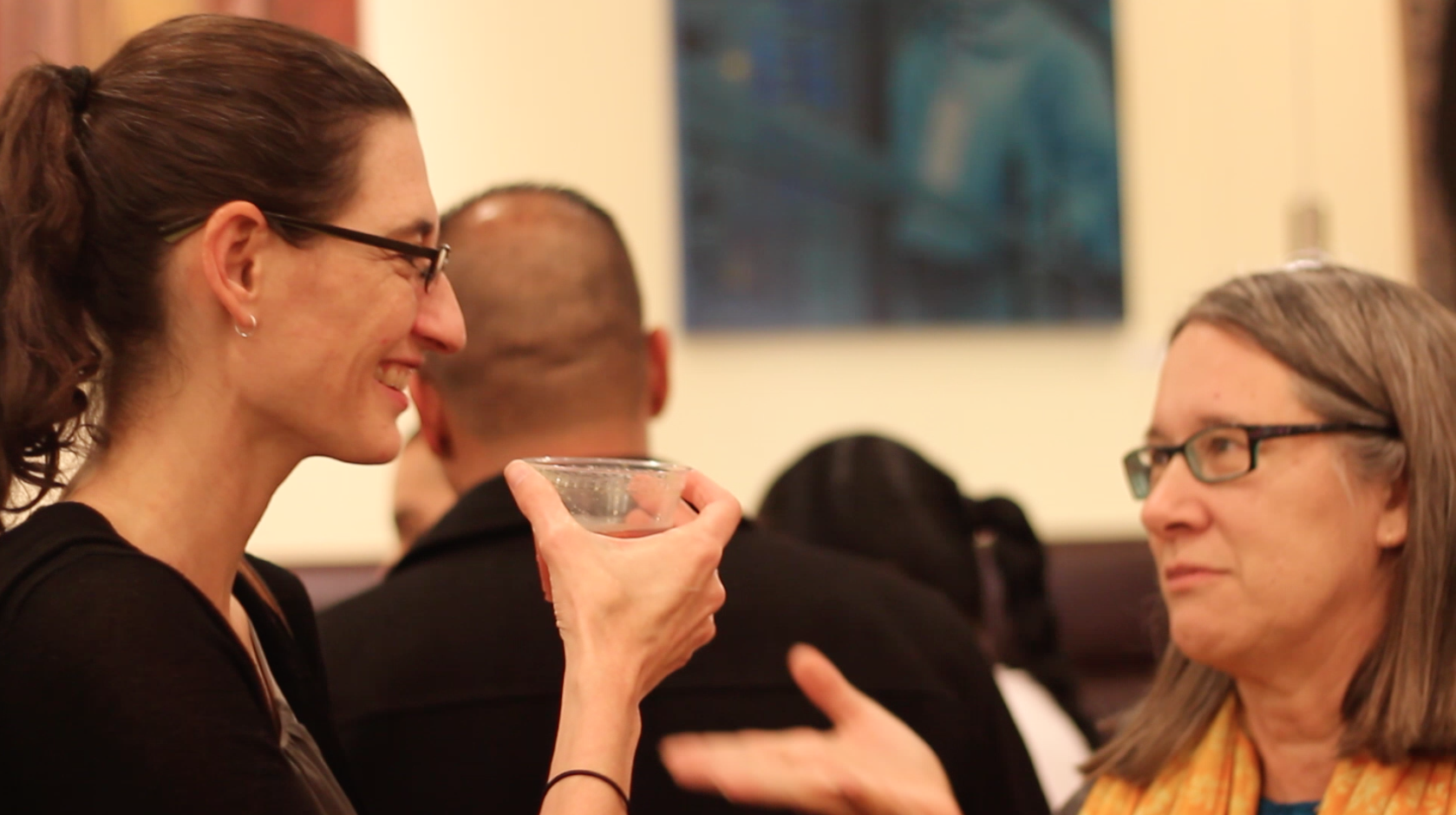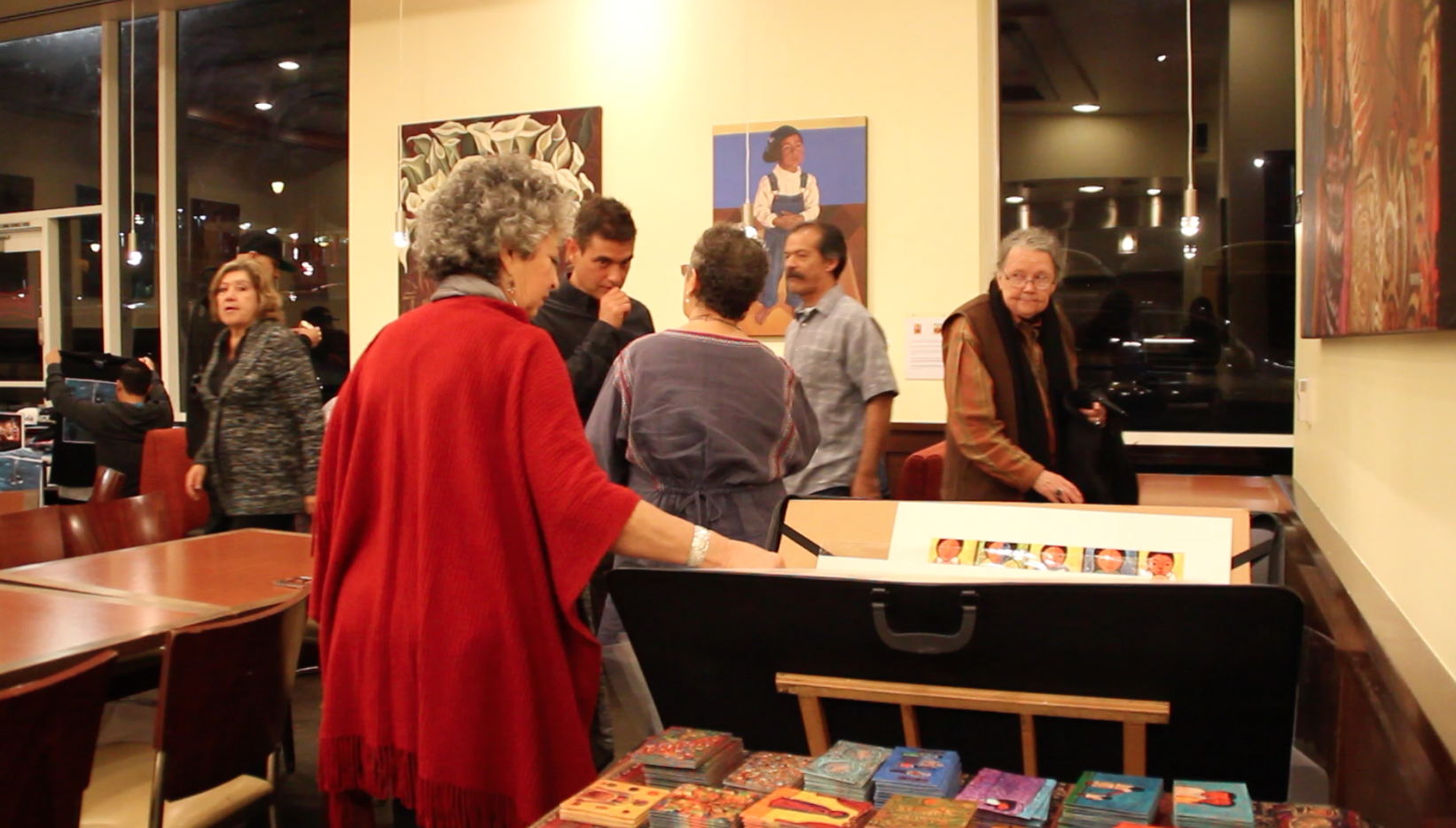
The Plauge of Gang Violence and The Uplift of Change
Stories From the Eastside
East Los Angeles has been a hotspot for gang violence for the last few decades and escaping its wrath can be tough for those who reside in the area. Yet the issue of gang violence is complex, for those in the community, those who choose to join and those who are trying to get out.
The community is left ravaged, residents say with crime, violence, fear and drugs. “The decisions of a selected few impact everyone,” Ivan Gomez says. The 19-year-old has lived in East Los Angeles for most of his life and has seen gangs inflict violence on his community. “I know people say it has gotten better but they are still pretty active. A lot of them will pick on you for no reason. I know a few people who have been held at gunpoint over an iPod or cellphone,” he said.
Gomez says he lived in fear, nervous about which parts of town he could go into and whom he should stay away from. “You just come to know that there’s bad parts that you shouldn’t go near. Dead end streets, Hazard Park and a few blocks you just have to stay away from,” he said. As a teenager, not only has he watched some of his friends be threatened by gangs, he also watched as some of them decided to join one. “Many people I know have decided to join a gang. In some cases, it’s a family tradition. You don’t have a choice,” he said.
According to a survey conducted by the National Gang Center, nearly two out of every five gang members are under the age of 18-years-old. Nationwide, there are 400,000 teenage gang members. East Los Angeles is no exception to the statistics, Gomez says. “The numbers don’t really surprise me. They don’t surprise those who see it happening first hand,” he said.

Among them, are thousands that may have felt as if they had no other choice but to join a gang. According to the survey by the National Gang Center, many teens joined gangs because they felt like they had no other choice. Whether it was because of their family ties to a particular gang, their underserved community or their desire to feel safe, most felt that gang life was the only option.
Fabian Debora is familiar with the feeling. At 12-years-old, Debora joined a gang in East Los Angeles and entered a life full of violence and drugs. Much of his decision to join a gang relied heavily on his family circumstances. After years of not finding consistent work as a construction worker, his father began drug dealing. “My father was an amazing man. He loved me dearly,” he said. “I wanted to be just like him and amazingly, I became just like him in all the negative ways,” he continued.
Struggling with a heroine addiction, his father began abusing his mother. Debora remembers crawling under his coffee table to hide while his father would verbally attack his mother. “I got my notebook and my pencil and I would create my own world to escape reality,” he said. Art gave Debora a glimpse of hope but his vision was still clouded by the problems happening in his own household. By the time he was 12-years-old, Debora had been kicked out of school several times and watched as his mother struggled to make ends meet as a single mom. Eventually, he succumbed to all the pressures and joined a gang. “I started selling crack cocaine, contributing to the hurt, hurting others and transmitting my pain onto others. I was in this realm for fifteen years,” he said.
After more than a decade of being in a gang, Debora decided to turn his life around. He was jumped out of the gang but his new life was far from starting. He struggled with drug addiction and attempted to commit suicide twice before he could start fresh, a testament to the struggles most face even after leaving a gang.
Debora found his way to Homeboy Industries, a company that serves women and men who were involved in gangs. The company offers several programs in East Los Angeles, to help those in at-risk communities escape to a different life. They have a variety of events within East Los Angeles with the intent to help lure some men and women out of gang life and convince others to stay away from it.
“Homeboy Industries provides a lot of free services and programs for former gang members. It’s helped so many people get a fresh start. They provide a foundation where people can get jobs and pursue careers. It’s a way out,” Jose Ramirez said.
Ramirez has worked closely with Debora through several projects connected to Homeboy Industries. “Homeboy Industries has given both of us a platform to do what we love, which is art,” he said.
“I never lost sight of my love for art. Homeboy Industries has given me a safe haven to find who I am and share my work with others. Painting has given me an escape from the life I had before,” Debora said.
The two men held an art exhibit at Homegirl Café, a restaurant supported by Homeboy Industries on December 5th.
Photos of the event are below.
Their artwork showcases their struggles with gang life, the issues that face the surrounding community and tell visual stories of both their pain and successes.
Hours before the show, Debora devoted an hour of his time to talk to students in East Los Angeles and share his story. “All it takes is for someone to open the door like Homeboy did for me,” Debora said. While he acknowledges that crime in East Los Angeles has dropped, he still believes that more can be done. "It's time to give kids access to a place where they can express themselves. There are kids who are going through the same social settings I went through," he said.
Debora will be opening up an art academy for at-risk youth in East Los Angeles to help keep teenagers away from gang life. He hopes by giving them a place for their talent, they will serve their communities instead of serving time. It’s a plan to create a new story for the Eastside that has been ravaged by violence -- one where Ivan Gomez and his friends can live in peace and not with fear or temptation.
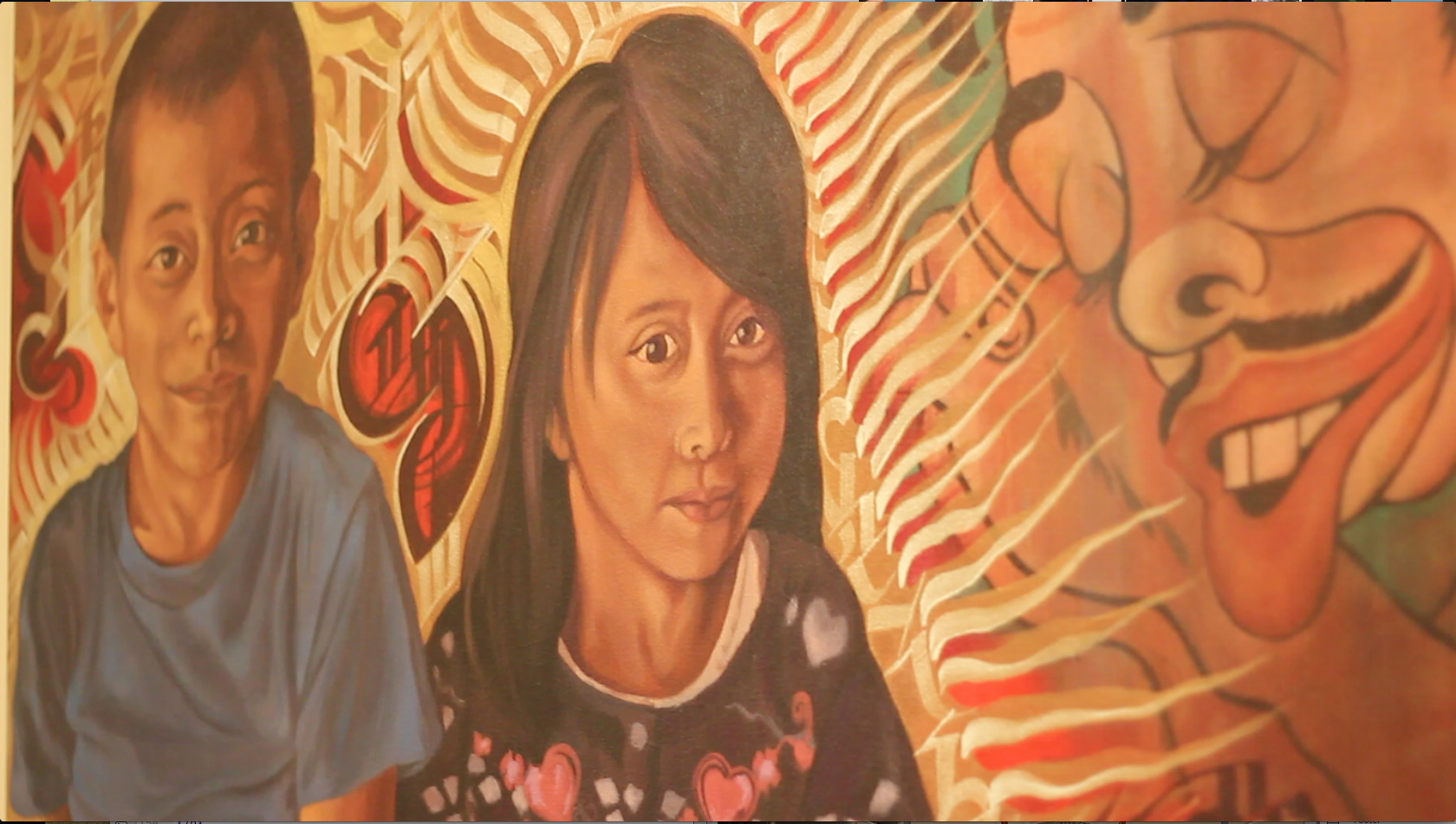 Youth in East Los Angeles. Painting by Fabian Debora.
Youth in East Los Angeles. Painting by Fabian Debora.

